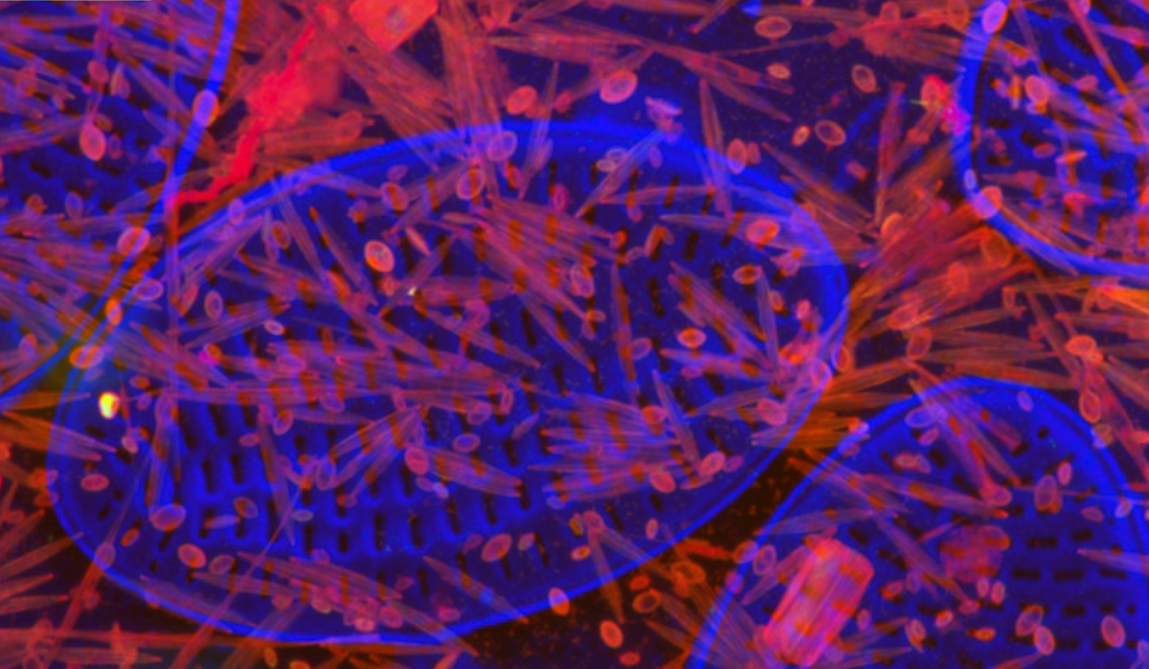In This Section
New article in Biomimetics by Dr Tim Sullivan!

MESA Principal Investigator, Dr Tim Sullivan, has authored a recent publication, entitled Cell Shape and Surface Colonisation in the Diatom Genus Cocconeis—An Opportunity to Explore Bio-Inspired Shape Packing?, in Biomimetics. The article investigates the packing properties of diatoms.
The full article can be accessed at: https://doi.org/10.3390/biomimetics4020029
Abstract
Optimal packing of 2 and 3-D shapes in confined spaces has long been of practical and theoretical interest, particularly as it has been discovered that rotatable ellipses (or ellipsoids in the 3-D case) can, for example, have higher packing densities than disks (or spheres in the 3-D case). Benthic diatoms, particularly those of the genus Cocconeis (Ehr.)—which are widely regarded as prolific colonisers of immersed surfaces—often have a flattened (adnate) cell shape and an approximately elliptical outline or “footprint” that allows them to closely contact the substratum. Adoption of this shape may give these cells a number of advantages as they colonise surfaces, such as a higher packing fraction for colonies on a surface for more efficient use of limited space, or an increased contact between individual cells when cell abundances are high, enabling the cells to minimize energy use and maximize packing (and biofilm) stability on a surface. Here, the outline shapes of individual diatom cells are measured using scanning electron and epifluorescence microscopy to discover if the average cell shape compares favourably with those predicted by theoretical modelling of efficient 2-D ellipse packing. It is found that the aspect ratio of measured cells in close association in a biofilm—which are broadly elliptical in shape—do indeed fall within the range theoretically predicted for optimal packing, but that the shape of individual diatoms also differ subtly from that of a true ellipse. The significance of these differences for optimal packing of 2-D shapes on surfaces is not understood at present, but may represent an opportunity to further explore bio-inspired design shapes for the optimal packing of shapes on surfaces.
Materials & Environmental Science Applications
Grúpa Taighde d'Ábhair & Feidhmeanna Eolaíocht Chomhshaoil
Contact us
School of BEES, University College Cork, Cork Enterprise Centre, Distillery Fields, North Mall, Cork, T23 TK30
